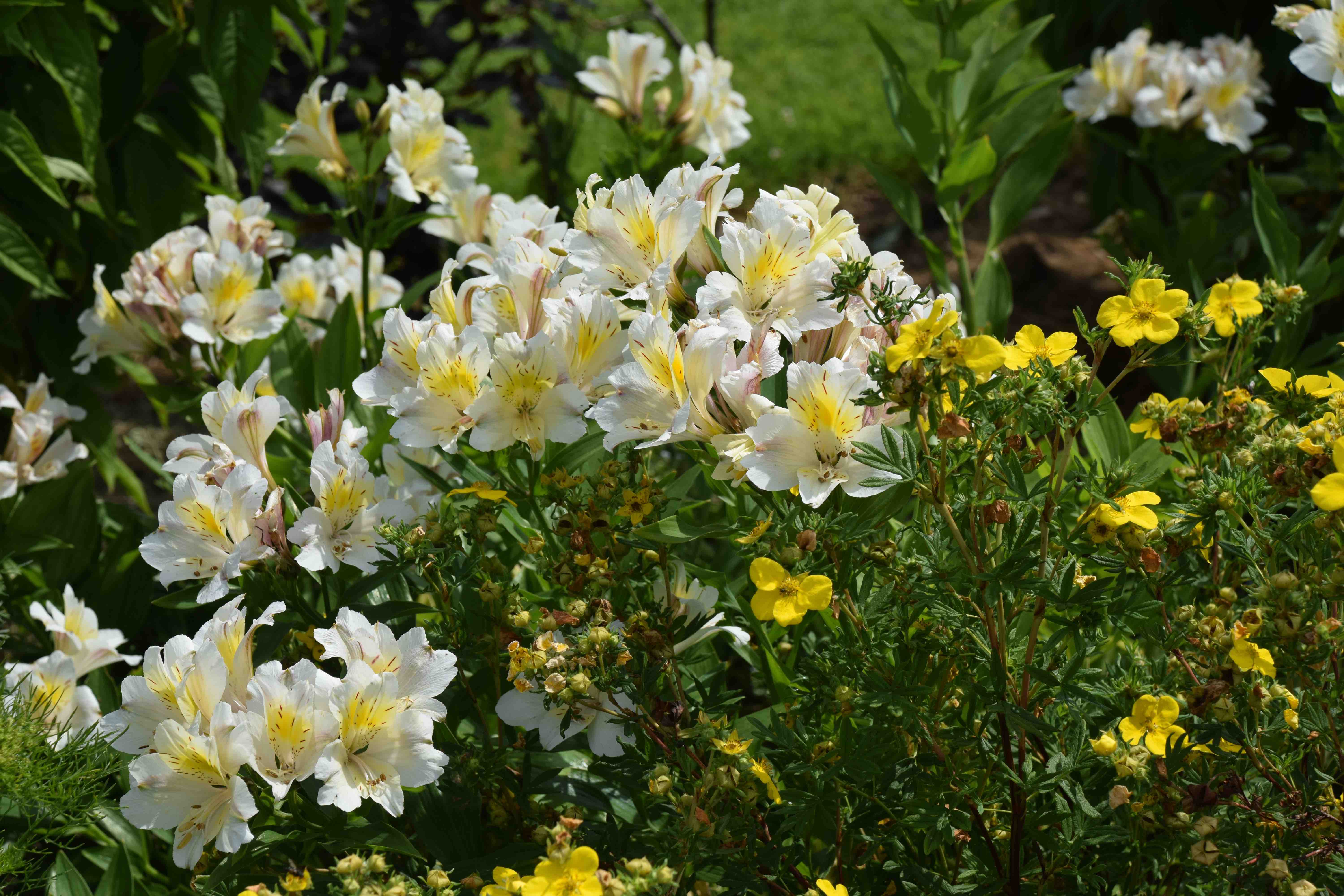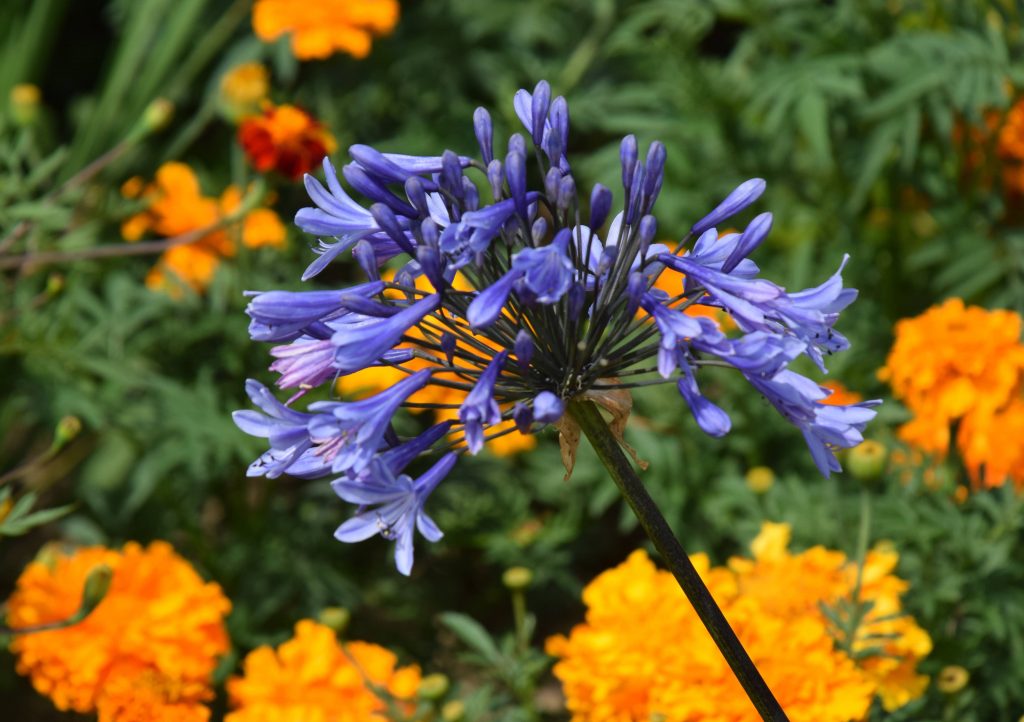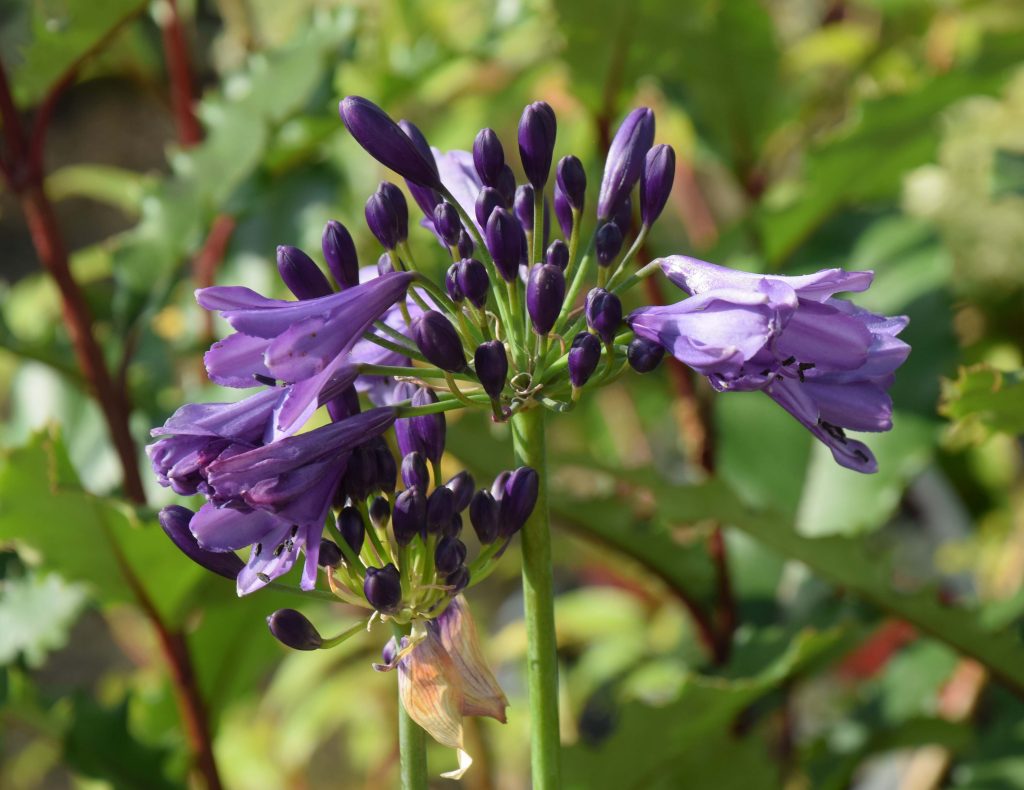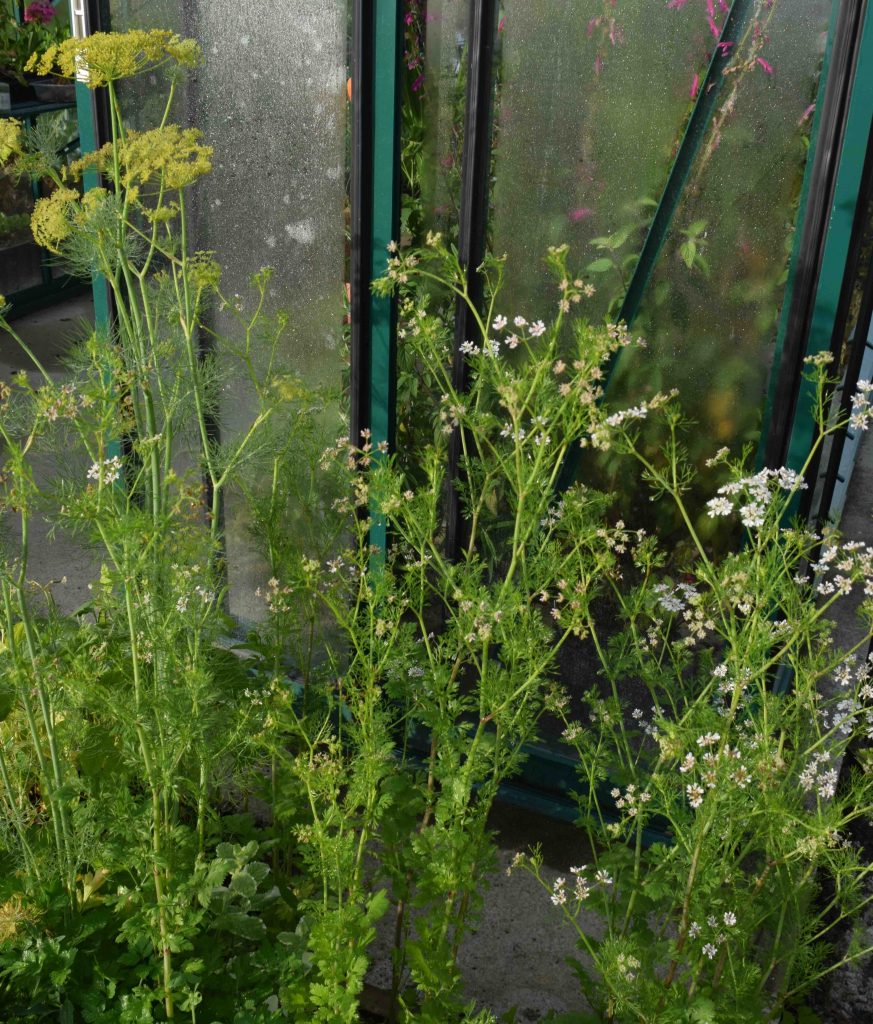
Midsummer can be a time when the garden begins to look a bit tired. Sumptuous peony flowers are but a distant memory and delphiniums and lupins are just bare stems, usually spotted with mildew. This month is the most difficult of all to keep the garden looking good. Without annuals and other bedding plants it can be difficult. But there are a few plants that are just getting into their stride and will keep looking good for months to come. And two of the best begin with ‘A’.
Alstroemerias have come a long way since I first started gardening. When I worked at Nags Hall there were a few hardy alstroemerias and a mythical range of greenhouse varieties that were grown as cut flowers. These plants, bred by van Staveren were jealously guarded and they were never available for sale. There was a wide range of colours and, most importantly, they flowered for months.
All we had for the garden were ‘Ligtu Hybrids’ which had orange and pink flowers and flowered for about a month and Alstroemeria aurantiaca, a tough plant with fleshy roots and bright flowers but an aggressive nature and the ability to take over a garden with its spreading roots and far-flung seeds. So alstroemeria got a bad name; for being either difficult, and tender, or worse than weeds.
Things changed a lot before the turn of the century when new, long-flowered kinds are sold as Princess Lilies (R) but now we are soiled for choice. The photo above is the 80cm tall ‘Summer Sky’ in my garden. It blooms from July till the first frost of autumn. This long flowering period is typical of the new kinds and they vary in height from 15cm to 1m. The taller kinds are perfect for cutting. When you do pick them, pull the stems out of the soil with a sharp tug, then cut down to size.
Alstroemerias thrive in most soil and need full sun. They are fairly hardy but when planting, place the rootball about 5cm below the surrounding soil level so the roots will be well below the soil surface. Through the season you can work soil between the stems or, after the first frost kills the stems, place compost over the plants. They also thrive in pots on the patio. The shorter kinds are best for this and should be planted in John Innes No 3 compost.
You can buy alstroemerias now, in full bloom, and are perfect for planting in the border for instant colour that will get better every year.

Agapanthus are also on the up. When I was young it was almost unthinkable to plant them in borders but now there are hardier and more reliable kinds that can be a hard-working part of any garden. All need sun to flower well and they are best planted and left alone so they don’t need a lot of work. There are two main kinds: those with broad leaves that are evergreen are not totally hardy while those with narrow leaves are deciduous and are much hardier.
Although they are still wonderful plants for pots it is worth putting them at the front of borders. I have rather heavy soil and it can be waterlogged in winter but even though this is not ideal, they have done well.
Blue is the most popular colour – and I like it the most. Above is ‘Dr Brouwer’ which is typical of the hardier kinds and much like many others except for the dark stems. Blue is a wonderful colour in the garden and I would usually combine it with pink and silver but this year a batch of marigolds was planted behind and they show off the blue perfectly.
When planting in pots, use John Innes No 3 compost. Keep the plants well watered and feed often so they grow vigorously. They will not need repotting till they fill the pot with roots and foliage. For this reason, plant in pots with straight sides so they are easy to remove from the pot.

The latest development in agapanthus is ‘Poppin Purple’ – the first purple agapanthus that flowers all summer. I couldn’t resist this when I saw it for sale and it will be a welcome addition to the summer garden.
Weekly reminders

Bolting herbs
The recent hot and dry weather was not good for some herbs and vegetables. Heat stress can cause vegetables to bolt – run to flower. Above is my coriander and dill plants which have rushed to bloom. Carrots, beet and onions are also affected by heat. If you see flower stems appearing then you may as well pull up the plants because they will not make good roots. Herbs often run to seed and there is just time to sow another batch.
Mildew
Look for mildew on leaves. Mildew is common on phlox, monarda, asters, spiraea, violas, verbena, petunias, courgettes and roses as well as a host of other plants. It can weaken and distort growth and is usually the result of extreme dryness at the roots. Once leaves are affected they will not recover but you can spray ornamentals with a fungicide to protect the new growth. Keeping plants moist at the roots will help to prevent the problem.